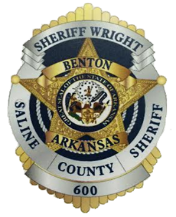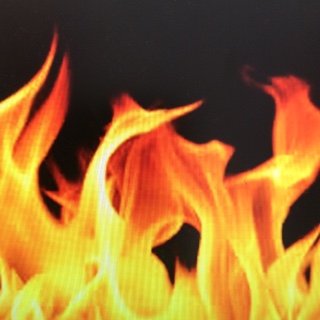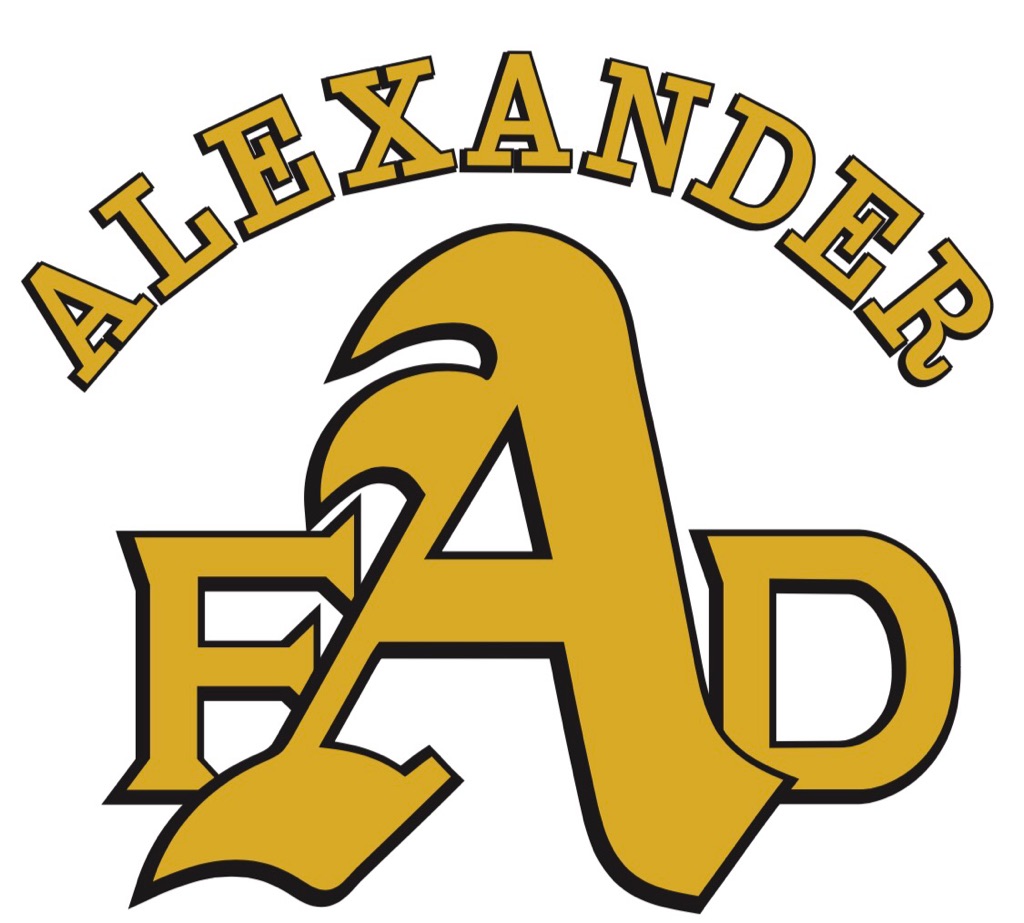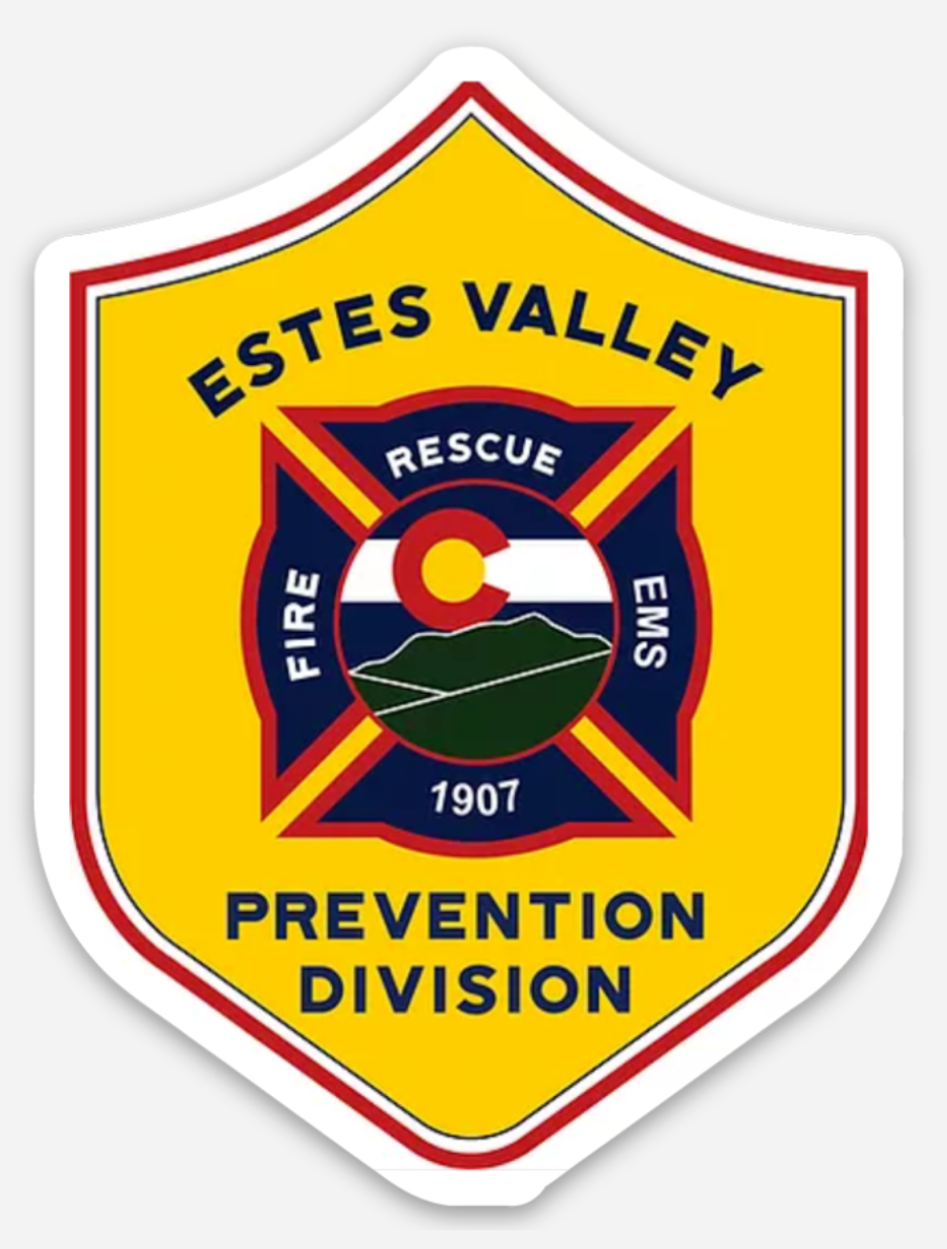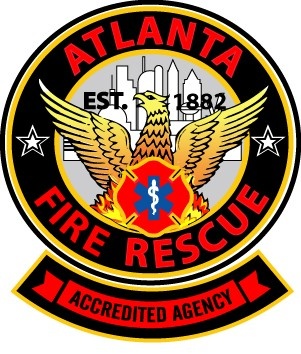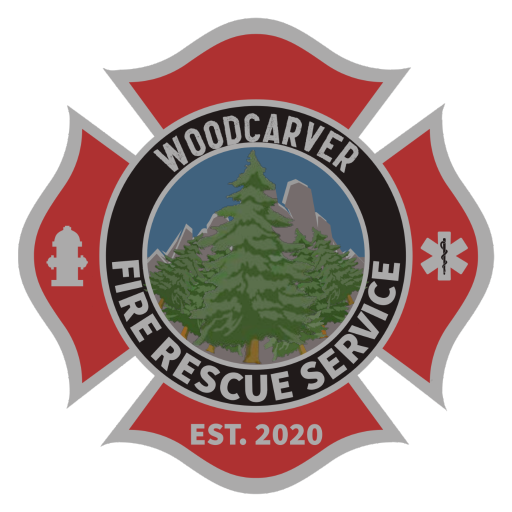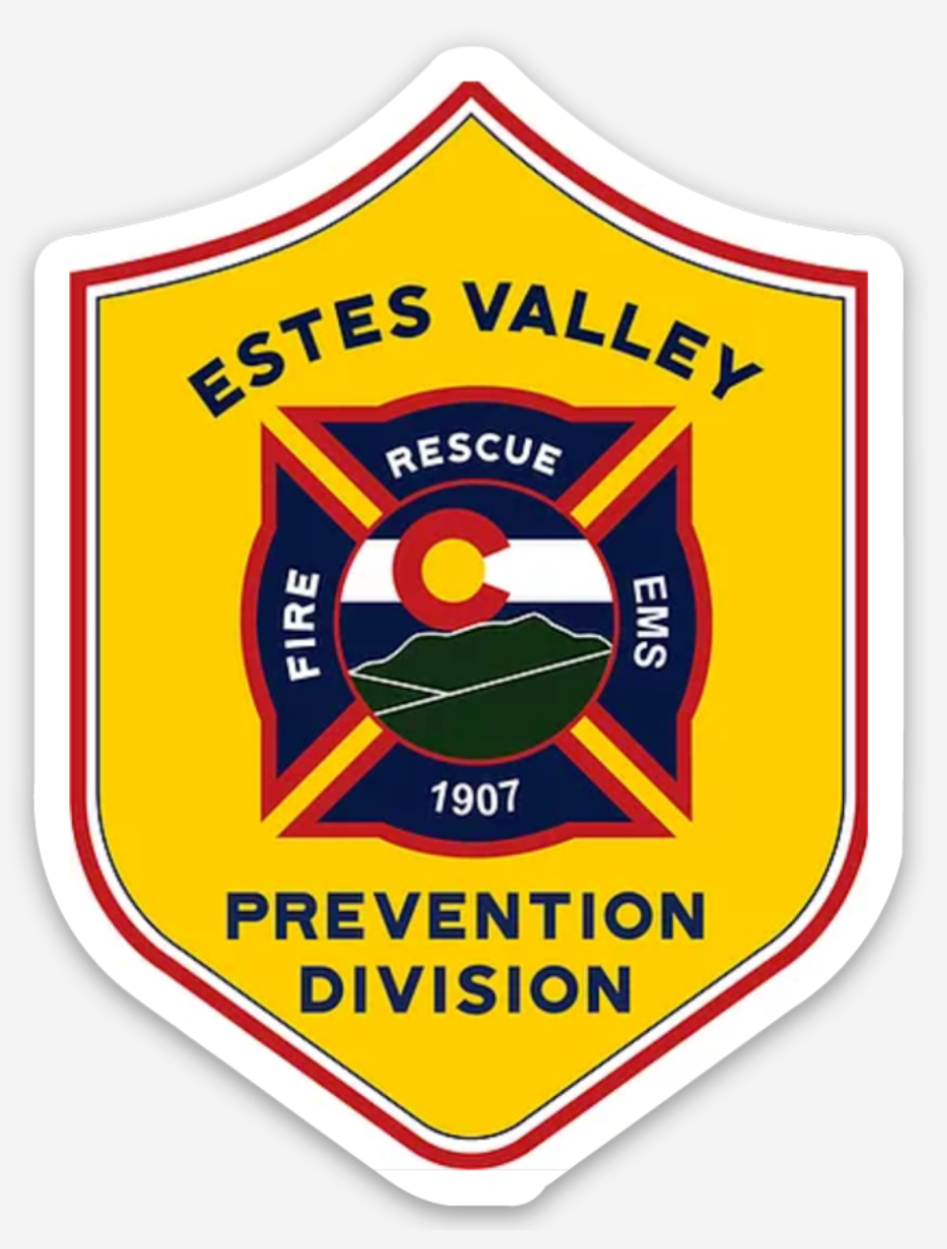Title Page
-
Site conducted
-
Incident Number:
-
Date and Time:
-
Prepared by
-
Incident location:
PROPERTY OWNER/ TENANT INFORMATION
PROPERTY OWNER(S)
-
Please enter all property owners:
PROPERTY OWNER(S)
-
Property owner name:
-
E-mail address:
-
Phone number:
-
Mailing address:
-
Photo of the ID of owner:
TENANT(S)/ BUSINESS(ES)
-
Please enter all tenants/ businesses on site if not the property owner name:
-
Are there tenant(s) or business(es)
Tenant(s)/ Business(es)
-
Tenant/ business owner name:
-
E-mail address:
-
Phone number:
-
Mailing address:
-
Photo of the ID of tenant:
PROPERTY INFORMATION
-
Is the property insured?
-
Insurance company name/ phone number:
-
Is there a loan on the property?
-
Finance company name/ phone number:
WITNESS(ES)
WITNESS STATEMENT(S)
-
Have each witness give a statement:
-
Are there witness(es)
Witness
-
Category:
-
Name:
-
Photo of witness ID, or photo of witness:
-
Date and time of witness statement:
-
Photo of witness statement:
-
Notes:
PROCESSING THE SCENE
CONSENT
-
Type of consent:
- Authority of Fire Department
- Verbal consent (recorded)
- Written consent
- Administrative warrant
- Criminal warrant
-
Written consent/ warrant media:
SAFETY
STRUCTURE
-
Is the structure structurally sound to investigate?
-
Is the electricity turned off to the structure and verified?
-
Is the gas turned off to the structure and verified
-
HAZMAT conditions
VEHICLE
-
Roadway secured
-
Vehicle battery disconnected and verified
-
HAZMAT conditions
IDENTIFIED HAZARDS
-
Hazard and how it was mitigated:
WEATHER CONDITIONS AT TIME OF EVENT
-
Weather Underground: https://www.wunderground.com/
-
Where there any weather warnings or watches?
-
What was the weather warning or watch?
-
Precipitation rate (inches/ hour)?
-
Wind speed (mph) and direction?
-
Wind gust (mph)?
-
Temperature (F)?
-
Humidity %?
PROCESSING THE SCENE
DESCRIBE THE SCENE (INCLUDE UTILITIES)
-
undefined
SCENE ORIENTATION
-
Side 1
-
Side 2
-
Side 3
-
Side 4
-
Is this an exterior fire?
-
Can the area be documented
Exterior area:
-
Area:
-
Area photos:
-
Is this a structure?
STRUCTURE TYPE
-
Structure purpose and type:
- Residential: occupiable
- Residential: non-occupiable
- Storage
- Business
- Commercial
- Industrial
- Type 1
- Type 2
- Type 3
- Type 4
- Type 5
FIRE PROTECTION SYSTEMS
-
Is there a monitored security/ fire alarm system"
-
Monitoring company:
-
Services provided:
-
Are there detectors present?
Individual detector locations:
-
Location:
-
Picture of detector:
EXTERIOR
-
Can the exterior be documented?
-
Exterior photos: Pictures of the address numbers on the mailbox and/ or house, then starting on the Alpha side of the structure, Bravo, Charlie, and then Delta sides:
EXTERIOR AREAS
-
Area:
-
Area photos:
ENTRY POINT
-
Can the entry point(s) be documented?
-
Document each entry point.
ENTRY POINT
-
Was the entry point forced open? If yes, how was it forced?
-
Pictures of the entry point:
INTERIOR
-
Can the interior be documented?
-
Document each room from the 4 corners
ROOMS
-
Room number:
-
Photo's of room
-
Is this a mobile property?
-
Document mobile property.
MOBILE PROPERTY DESCRIPTION
-
Make:
-
Model:
-
Year:
-
Vehicle identification number/ serial number:
MOBILE PROPERTY PHOTOS
-
Exterior photos: Picture of the license plate and Vehicle Identification Number (VIN), then starting at the front of the mobile property moving clockwise to each side of the mobile property.
-
Exterior photos:
-
Interior photos:
AREA/ POINT OF ORIGIN(S)
-
Is the area of origin known
-
Document each area/ point of origin.
AREA/ POINT OF ORIGIN(S)
-
A detailed description of the location of the area/ point of origin including measurements:
-
Photo of the location of the area/ point of origin:
EXPOSURES
-
Are there exposures?
-
Document each exposure
EXPOSURE
-
Location and description of exposure:
-
Photos of exposure:
RESPONDING AGENCIES
-
Document each agency that responded to the incident
AGENCY
-
Agency name
-
Number of personnel that responded:
-
Agency report:
FIRE SCENE ANALYSIS, HYPOTHESIS, AND DETERMINATION
FIRE SCENE ANALYSIS
-
It should be noted that the examination of the scene was conducted in accordance with all applicable suggested methods described in the National Fire Protection Agency (NFPA) 921, The Guide for Fire and Explosion Investigations.
-
Scene sketch:
-
What was described to you by the initial arrival agency?
-
Describe fire suppression actions taken:
-
Describe what you see; exterior to the interior, and the un-burned to the burned:
FIRE FATALITIES
-
Are there fatalities?
VICTIM
-
Name:
-
Location:
-
Victim examination:
EVIDENCE
-
Is there evidence being collected?
-
Entry for each piece of evidence.
EVIDENCE
-
Evidence number:
-
Evidence description:
-
Date and time evidence was collected
-
Photo of the location of evidence:
-
Location of evidence:
-
The measurement(s) from a fixed reference point(s) evidence was collected:
-
Photo of evidence collection:
-
Crime lab submission?
-
Photo of the crime lab summary
HYPOTHESIS
-
List any hypothesis that was considered during your investigation
Hypothesis
-
Describe hypothesis
-
Facts to support or disprove the hypothesis
-
Picture to support or disprove the hypothesis
DETERMINATION OF ORIGIN AND CAUSE
-
Describe your final hypothesis and what your opinion is about the origin and cause:
-
I base this on the following evidence:
-
Ignition sequence:
-
Supporting pictures/ documents:
ADDITIONAL COMMENTS BY THE INVESTIGATOR
-
Additional notes?
Notes
-
Notes:
-
Additional photographs:
-
Documents:
Definitions
-
ABSOLUTE TEMPERATURE: Temperature measured in Kelvins (K), Fahrenheit (F), and Rankine (R). ACCELERANT: A fuel or oxidizer, often an ignitable liquid, intentionally used to initiate a fire or increase the rate of growth or spread of fire. ACCIDENT: An unplanned event that interrupts an activity and sometimes causes injury or damage or a chance occurrence arising from unknown causes; and unexpected happening due to carelessness, ignorance, and the like. AMBIENT: Someone's or something's surroundings, especially as they pertain to the local environment, such as ambient air and temperature. ARC: A high-temperature luminous electric discharge across a gap or through a medium such as charred insulation. ARC MAPPING: The systematic evaluation of the electrical circuit configuration, the spatial relationship of the circuit components, and the identification of electrical arc sites to assist in identifying the area of origin and analysis of the fire's spread. ARC SITE: The location of a conductor with localized damage that resulted from an electrical arc. ARCING THROUGH CHAR: Arcing is associated with a matrix of charge material (e.g., charred conductor insulation) that acted as a semi-conductive medium. AREA OF ORIGIN: Structure, part of the structure, or general geographic location within a fire scene in which the point of origin of a fire or explosion is reasonably believed to be located. ARROW PATTERN: A fire pattern is displayed on the cross-section of the burned wooden structural member. ARSON: The crime of maliciously, intentionally, or recklessly starting a fire or causing an explosion. AUTOIGNITION: Initiation of combustion by heat but without a spark for the flame. AUTOIGNITION TEMPERATURE: The lowest temperature at which combustible material ignites in the air without a spark or flame. BACKDRAFT: A deflagration resulting from the sudden introduction of air into a confined space containing oxygen-deficient products of incomplete combustion. BLAST PRESSURE FRONT: The expanding leading edge of an explosive reaction that separates a major difference in pressure between normal ambient pressure ahead of the front and potentially damaging high pressure at and behind the front. BLEVE: Boiling liquid expanding vapor explosion. CALCINATION OF GYPSUM: A fire in effect realized in gypsum products, including wallboard, due to exposure to heat that drives off free and chemically bound water. CAUSE: The circumstances, conditions, or agencies that brought about or resulted in the fire or explosion incident, damage to property resulting from the fire or explosion incident, or bodily injury or loss of life resulting from the fire or explosion incident. CHAR: Carbonaceous material that has been burned or pyrolyzed and has a blackened appearance. CHAR BLISTERS: Convex segments of carbonized material separated by cracks or crevasses that form on the surface of char, forming on materials such as wood as a result of Pyrolysis or burning. CLEAN BURN: A distinct and visible fire in effect is generally apparent on non-combustible surfaces after combustible layers (such as soot, paint, and paper) have been burned away. The effect may also appear where soot has failed to be deposited because of high surface temperatures. COMBUSTIBLE LIQUID: Any liquid that has a closed cup flash point at or above 37.8°C COMBUSTION: The chemical process of oxidation that occurs at a rate fast enough to produce heat and usually light in the form of either a glow or flame. COMBUSTION PRODUCTS: The heat, gases, volatilized liquids and solids, particulate matter, and ash generated by combustion. COMPETENT IGNITION SOURCE: An ignition source that has sufficient energy and is capable of transferring that energy to the fuel long enough to raise the fuel to its ignition temperature. CONDUCTION: Heat transfer to another body or within a body by direct contact. CONVECTION Heat transfer by circulation within a medium such as gas or a liquid. DENSITY: The mass of the substance per unit volume, usually specified at standard temperature and pressure. The density of water is approximately 1 g/cm³. The density of air is approximately 1.275 g/m³. DETONATION: Propagation of a combustion zone at a velocity greater than the speed of sound in the unreacted medium. DROP DOWN: The spread of fire by the dropping or falling of burning materials. Synonymous with "fall down" EMPIRICAL DATA: Factual data that is based on actual measurement, observation, or direct sensory experience rather than on theory. ENTRAPMENT: The process of air or gases is being drawn into a fire, plume, or jet. EXPLOSION: This sudden conversion of potential energy (chemical or mechanical) into kinetic energy with the production and release of gases under pressure or the release of gas under pressure. These high-pressure gases then do mechanical work such as moving, changing, or shattering nearby materials. EXPLOSIVE MATERIAL: Any material that can act as fuel for an explosion. FIRE: A rapid oxidation process, which is a chemical reaction resulting in the evolution of light and heat in varying intensities. FIRE ANALYSIS: Determining the origin, cause, development, responsibility, and, when required, failure analysis of a fire or explosion. FIRE CAUSE: The circumstances, conditions, or agencies that bring together a fuel, ignition source, and oxidizers such as air or oxygen, resulting in a fire or a combustion explosion. FIRE INVESTIGATION: Determining a fire or explosion's origin, cause, and development. FIRE PATTERNS: The visible or measurable physical changes, or identifiable shapes, formed by a fire effect or group of fire effects. FIRE SCENE RECONSTRUCTIONS: The process of re-creating the physical scene during fire scene analysis investigation or through removing debris and placing contents or structural elements in their pre-fire positions. FIRE SCIENCE: The body of knowledge concerning the study of fire and related subjects (such as combustion, flame, products of combustion, heat release, heat transfer, fire, and explosion chemistry, fire and explosion dynamics, thermodynamics, kinetics, fluid mechanics, fire safety) and their interaction with people, structures, and the environment. FIRST FUEL IGNITED: The first fuel ignited is that which first sustains combustion beyond the ignition source. FLAME: A body or stream of gaseous material involved in the combustion process and emitting radiant energy at specific wavelength bands determined by the combustion chemistry of the fuel. In most cases, some portion of the emitted radiant energy is visible to the human eye. FLAME FRONT: The flaming leading edge of propagating combustion reaction zone. FLAME OVER: The condition where unburned fuel (pyrolysate) from the originating fire has accumulated in the ceiling layer to a sufficient concentration (i.e., at or above the lower flammable limit) that it ignites and burns; can occur without ignition of, or before, the ignition of other fuels separate from the origin. FLAMMABLE: Capable of burning with a flame. FLAMMABLE LIMIT: The upper or lower concentration limit at a specified temperature and pressure of a flammable gas or a vapor of its ignitable liquid and air, expressed as a percentage of fuel by volume that can be ignited. FLAMMABLE LIQUID: A liquid with a closed-cup flash point below 37.8°C and a maximum vapor pressure of 2068 mm Hg at 37.8°C (see also combustible liquid). FLAMMABLE RANGE: The range of concentrations between the lower and upper flammable limits. FLASHPOINT OF A LIQUID: The lowest temperature of a liquid, as determined by specific laboratory tests, at which the liquid gives off vapors at a sufficient rate to support momentary flame across its surface. FLASHOVER: The transition phase in the development of a compartment fire in which surfaces exposed to thermal radiation reach ignition temperature more or less simultaneously, and fire spreads rapidly throughout the space, resulting in full room involvement or total involvement of the compartment or enclosed space. FUEL GAS: Natural gas, manufactured gas, LP-gas, and similar gases commonly used for commercial or residential purposes such as heating, cooling, or cooking. FUEL LOAD: The total quantity of combustible contents of a building, space, or fire area, including interior finish and trim, expressed in heat units or the equivalent weight in wood. FUEL-CONTROLLED FIRE: A fire in which the heat release rate and growth rate are controlled by the characteristics of the fuel, such as quantity and geometry, and in which adequate air for combustion is available. FULL ROOM INVOLVEMENT Condition in a compartment fire in which the entire volume is involved in combustion of varying intensities. GLOWING COMBUSTION: Luminous burning of solid material without a visible flame. HEAT: A form of energy characterized by the vibration of molecules and capable of initiating and supporting chemical changes and changes of state. HEAT FLUX: The measure of the rate of heat transfer to a surface, expressed in kilowatts/m2, kilojoules/m2.sec, or Btu/ ft.2 per sec. HEAT RELEASE RATE (HHH): The rate at which heat energy is generated by burning. HIGHT EXPLOSIVES: A material that is capable of sustaining a reaction front that moves through the unreacted material at the speed equal to or greater than that of sound in that medium, typically 1000 m/second; a material capable of sustaining a detonation. See also detonation. HIGH-ORDER DAMAGE: A rapid pressure rise or high force explosion characterized by a shattering effect on the confining structure or container and long missile distances. IGNITABLE LIQUID: Any liquid or the liquid phase of any material that is capable of fueling a fire, including a flammable liquid, combustible liquid, or any other material that can be liquefied and burned. IGNITION: The process of initiating self-sustained combustion. IGNITION ENERGY: The quantity of heat energy that should be absorbed by a substance to ignite and burn. IGNITION TEMPERATURE: Minimum temperature a substance should attain in order to ignite under specific test conditions. INCENDIARY FIRE: Fire that is deliberately set with the intent to cause the fire to occur in an area where the fire should not be. KILOWATT: A measurement of energy release rate. LAYERING: The systematic process of removing debris from the top down and observing the relative location of artifacts at the fire scene. LOW EXPLOSIVE: An explosive that has a reaction velocity of less than 1000 m/sec. LOW-ORDER DAMAGE: A slow rate of pressure rise or low-force explosion characterized by a pushing or dislodging effect on the confining structure or container and by short missile distances. MATERIAL FIRST IGNITED: The fuel that is first set on fire by the heat of ignition; to be meaningful, both a type of material and a form of material should be identified. OVERCURRENT: Any current in excess of the rated current equipment or the ampacity of a conductor; it may result from an overload, short-circuit, or ground fault. OVERHAUL: Firefighting term involving the process of final extinguishment after the main body of the fire has been knocked down. All traces of fire must be extinguished at this time. POINT OF ORIGIN: The exact physical location within the area of origin where the heat source and the fuel interact, resulting in a fire or explosion. PREMIXED FLAME: A flame for which the fuel and oxidizer are mixed prior to combustion, as in a laboratory Bunsen burner or a gas cooking range; propagation of the flame is governed by the interaction between flow rate, transport processes, and chemical reaction. PRESERVATION: Application or use of measures to prevent damage, change or alteration, or deterioration. PYROLYSIS: The process in which material is decomposed, or broken down, into smaller molecular compounds by the effects of heat alone; Pyrolysis often precedes combustion. RADIANT HEAT: Heat energy carried by electromagnetic waves that are longer than light waves and shorter than radio waves. Radiant heat (electromagnetic radiation) increases the sensible temperature of any substance capable of absorbing the radiation, especially solid and opaque objects. RADIATION: Heat transfer by way of electromagnetic energy. ROLLOVER: See Flameover. SCIENTIFIC METHOD: The systematic pursuit of knowledge involving the recognition and definition of the problem; the collection of data through observation and experimentation; analysis of the data; the formulation, evaluation, and testing of hypotheses; and, when possible, the selection of a final hypothesis. SEAT OF EXPLOSION: A craterlike indentation created at the point of origin of some explosions. SEATED EXPLOSION: An explosion with a highly localized point of origin, such as a crater. SECONDARY EXPLOSION: Any subsequent explosion resulting from an initial explosion. SELF-HEATING: The result of exothermic reactions, occurring spontaneously and some materials under certain conditions, whereby heat is generated at a rate sufficient to raise the temperature of the material. SELF-IGNITION: Ignition resulting from self-heating, synonymous with spontaneous ignition. SELF-IGNITION TEMPERATURE: The minimum temperature at which the self-heating properties of the material lead to ignition. SHORT CIRCUIT: An abnormal connection of low resistance between normal circuit conductors where the resistance is normally much greater. This is an overcurrent situation, but it is not an overload. SMOKE: The airborne solid and liquid particulates and gases evolved when a material undergoes Pyrolysis or combustion, together with the quantity of air that is entrained or otherwise mixed into the masses. SMOKE CONDENSATE: The condensed residue of suspended vapors and liquid products of incomplete combustion. SOOT: Black particles of carbon produced in the flame. SPALLING: Chipping or pitting of concrete or masonry surfaces. SPECIFIC GRAVITY (AIR) (VAPOR DENSITY): The ratio of the average molecular weight of a gas or vapor to the average molecular weight of air. SPECIFIC GRAVITY (OF A LIQUID OR SOLID): The ratio of the mass of a given volume of a substance to the mass of an equal volume of water at a temperature of 4°C. SPOLIATION: Loss, destruction, or material alteration of an object or document that is evidence or potential evidence in a legal proceeding by one who has the responsibility for its preservation. SPONTANEOUS HEATING: Process whereby a material increases in temperature without drawing heat from its surroundings. SPONTANEOUS IGNITION: Initiation of combustion of the material by an internal chemical or biological reaction that has produced sufficient heat to ignite the material. TARGET FUEL: The fuel that is subject to ignition by thermal radiation, such as from a flame or a hot gas layer. TEMPERATURE: The degree of the sensible heat of a body as measured by a thermometer or similar instrument. THERMAL EXPANSION: The increase in length, volume, or surface area of a body with the rise in temperature. THERMAL INERTIA: The properties of a material that characterize its rate of surface temperature rise when exposed to heat; related to the product of the material's thermal conductivity [k], it's density [p], and its heat capacity [c] TOTAL BURN: A fire scene where a fire continued to burn until most combustibles were consumed and the fire self-extinguished due to a lack of fuel or was extinguished when the fuel load was reduced by burning, and there was sufficient suppression agent application to extinguish the fire. TRAILER: Solid or liquid fuel used to intentionally spread or accelerate the spread of fire from one area to another. VAPOR: The gas phase of a substance, particularly of those that are normally liquids or solids at ordinary temperatures. VAPOR DENSITY: See also specific gravity (air) (vapor density). VENTILATION: Circulation of air in any space by natural wind or convection or by fans blowing air into or exhausting air out of a building; a firefighting operation of removing smoke and heat from the structure by opening windows and doors or making holes in the roof. VENTILATION-CONTROLLED FIRE: A fire in which the heat release rate of growth is controlled by the amount of air available to the fire.
SIGNATURE
- SIGNATURE (REQUIRED EACH TIME THE REPORT IS MODIFIED)
-
Name and signature of personnel that completed/ modified report:
-
Date and time report is completed/ modified:
